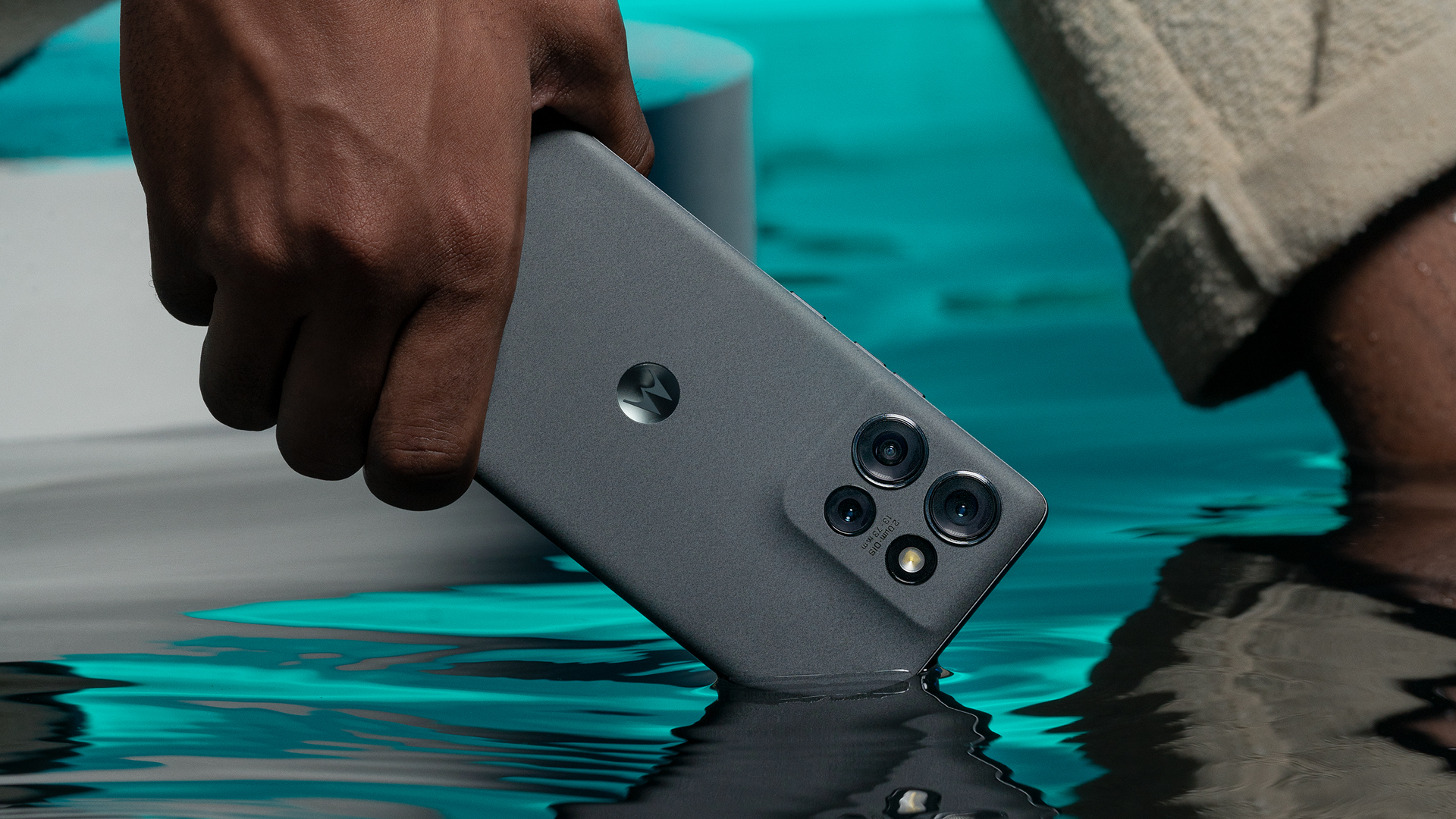Can’t wait for the Pixel 9a? The Moto Edge 50 or Edge 50 Neo could be the phones for you
Moto's new mid-range phones offer compelling specs for the price


Quick Summary
Motorola has announced the Edge 50 and Edge 50 Neo, two new mid-range devices.
The new phones offer compelling specs and a mostly clean Android software experience, at affordable prices.
Motorola is keeping up the momentum of new device launches with the introduction of two new models, the Moto Edge 50 and the Edge 50 Neo. These join the Moto Edge 50 Ultra and the Edge 50 Fusion that were announced earlier in the year, boosting the mid-range offering, focusing on features for the money.
While the Edge 50 is the larger device, it’s the Edge 50 Neo which is the more interesting of these two phones. It’s compact, with a 6.4-inch display, but that display offers an impressive 3000 nits brightness – the same as the Pixel 9 Pro - and an adaptive refresh rate, so it’s a great display on a mid-range phone. The Edge 50 by comparison is larger at 6.7-inch, but only runs to 1600 nits.
One of the great things about these phones is the finish: they continue Motorola’s partnership with Pantone, so come in a range of great colours. The Poinciana is a vibrant orange and really pops on the Edge 50 Neo and it’s finished in vegan leather, avoiding the sort of plastic that often adorns more affordable phones.

The Edge 50 has its own great finish and there are vegan leather options here too, but the most interesting is the Koala Grey, which is a vegan suede finish. These finishes have a practical function too: they offer grip, they look premium and don’t get smeary with fingerprints.
Elsewhere, both these phones pack in mid-range hardware that matches their pricing, with the Edge 50 running the older Snapdragon 7 Gen 1, while the Edge 50 Neo get the Dimensity 7300, which is much newer, so again loads the specs in the favour of the Edge 50 Neo as the phone to choose.
| Row 0 - Cell 0 | Moto Edge 50 | Moto Edge 50 Neo |
| Display: | 6.7-inch pOLED, 1600 nits | 6.4-inch pOLED, 3000 nits |
| Resolution & Refresh: | 1220 x 2712 (446ppi), 120Hz | 1200 x 2670 (460ppi), 1-120Hz |
| Processor & RAM: | Snapdragon 7 Gen 1, 8/12GB RAM | Dimensity 7300, 8/12GB RAM |
| Battery & Charging: | 5000mAh, up to 68W wired | 4310mAh, up to 68W wired |
| Size (WxHxD) & Weight: | 72.4 x 160.8 x 7.79mm / 180g | 71.2 x 154.1 x 8.1mm / 171g |
| Cameras: | Triple: 50MP main, 13MP wide, 10MP 3x tele | Triple: 50MP main, 13MP wide, 10MP 3xtele |
| Selfie camera: | 32MP | 32MP |
| Colours: | Jungle Green, Koala Grey, Peach Fuzz | Poinciana, Grisaille, Latte, Nautical Blue |
One of the key things to note about these phones is that they both support 68W charging. While you don’t get the charger in the box, you’ll get that speed from other high-powered chargers, like your laptop charger. Alternatively, you can buy the charger separately and benefit from faster charging speeds on other devices too.
The camera loadout on these two phones is the same, with three cameras on the back. The main 50-megapixel camera has a Sony Lytia sensor and is supported by an ultrawide and 3x optical zoom camera. There’s also a high-resolution 32-megapixel camera on the front of the phone.
Get all the latest news, reviews, deals and buying guides on gorgeous tech, home and active products from the T3 experts
One of the things that makes these devices a great alternative to a Pixel phone is that the software experience is close to stock Android. There are a couple of Moto apps added, but they're are easily removed. Motorola is also stepping-up the support, now offering 5 years of updates.
The Motorola Edge 50 is available now, priced at €599 in Europe, but there are no plans to launch it in the UK nor US. However, the Motorola Edge 50 Neo is available in the UK for £399.99. It'll set you back €499 in Central European countries.
As with the Edge 50, the Neo model is not destined for the US as things stand.

Chris has been writing about consumer tech for over 15 years. Formerly the Editor-in-Chief of Pocket-lint, he's covered just about every product launched, witnessed the birth of Android, the evolution of 5G, and the drive towards electric cars. You name it and Chris has written about it, driven it or reviewed it. Now working as a freelance technology expert, Chris' experience sees him covering all aspects of smartphones, smart homes and anything else connected. Chris has been published in titles as diverse as Computer Active and Autocar, and regularly appears on BBC News, BBC Radio, Sky, Monocle and Times Radio. He was once even on The Apprentice... but we don't talk about that.